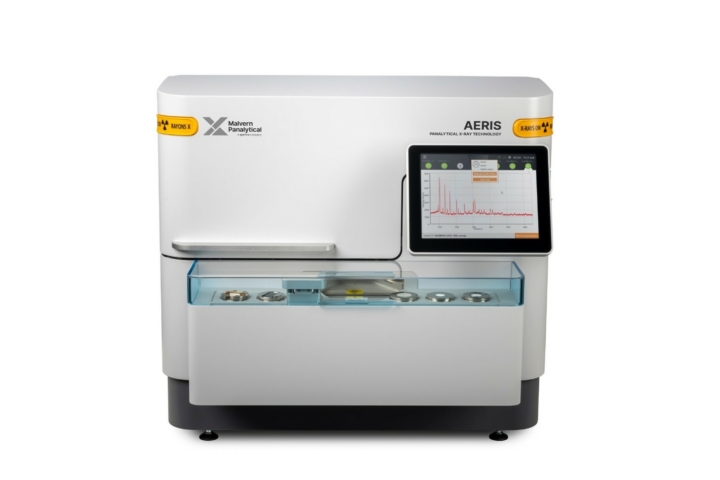A scanning electron microscope (SEM) utilizes a focused electron beam to scan the surface of a sample, generating images. These electrons interact with sample atoms, producing signals revealing surface topography and composition details.
One application of SEM is to characterize the sorbents or catalysts in CO2 capture and conversion processes. SEM can provide insights into the structure, porosity, and chemical composition of these materials, helping researchers optimize their performance for efficient CO2 capture and conversion.




